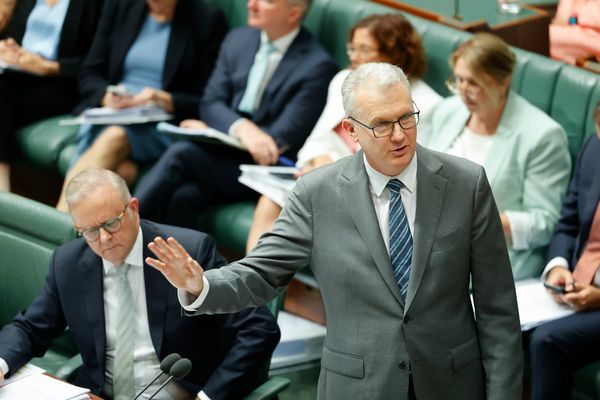The government is adamant Ireland can reach an overall emissions reduction of 51% by 2030 despite the numbers ‘not adding up’.
After months of uncertainty, Ministers reached a deal on sectoral emissions ceilings for most sectors of the Irish economy on Thursday.
But only the transport sector has been given a greenhouse gas reduction target at the top end of its proposed scale.
Read more: Government agrees 25% carbon emissions cut for farmers after lengthy talks
Chair of the Climate Advisory Council, Marie Donnelly, said yesterday (FRI) the “numbers don’t add up to 51%... they only get to 43%”.
She told RTE: “We still have more work to do to close that gap.”
Ms Donnelly also raised concerns about the lack of a “really detailed action plan”.
An Tasice has also been critical of the 8% shortfall ‘with the government relying on technological solutions to address that gap later on this decade’.
Its Natural Environment Officer, Elaine McGoff, said: “It seems like they’re making it up as they go along, but this whole process has to be aligned to the legal requirements of the Climate Act, you can’t simply fudge it.
“This is a truly chaotic way to budget for the future.”
The emissions ceilings set maximum limits on greenhouse gas emissions for each sector of the Irish economy to the end of the decade.
Electricity must reduce what it emits by 75 per cent, transport 50%, commercial and public buildings 45%, residential buildings 40%, industry by 35%, agriculture 25% and a 50% reduction is expected from other sources.
Together these sectors have been given a target to cut the 63.5 million tonnes of carbon dioxide equivalent they released into the atmosphere in 2018 to 36.5 MtCO2eq by 2030 - a 27 MtCO2eq drop.
Sectoral emissions ceilings for land-use, land-use change and forestry (LULUCF) have been deferred for 18 months to allow for the completion of the land-use strategy.
Minister of the Environment, Climate and Communications, Eamon Ryan, says the targets, while challenging, are appropriate and fair for all sectors, are the smart thing to do for the economy and planet and will protect us “against the high cost of fossil fuels”.
He added: “By setting these targets, across six critical sectors of our economy, Ireland is stepping up to the plate in reducing our impact on an increasingly fragile planet.
“We have also agreed additional resources and commitments to scale up and speed up our progress on solar, off-shore wind, anaerobic digestion for nature, and agro-forestry.
“I have every faith that we will, together, reduce our overall economy-wide carbon emissions, year by year.”
It’s understood the government will use ‘unallocated’ reductions of 5.25 MtCO2eq emissions to make up the shortfall on targets they have set and will review them again in future.
Minister Ryan admitted yesterday “there’s a lot more work to be done”.
A raft of incentives as also announced to encourage sectors to play their part.
Minister for Enterprise, Trade & Employment, Tánaiste Leo Varadkar said: “We will provide advice and expertise, grants and loans to reduce energy use, increase the use of electricity and, in time, hydrogen, carbon capture and storage and other new technologies.”
While agriculture has an overall emissions reduction target of 25%, it’s being left entirely up to individual farmers to decide whether they will make changes or not.
The government is planning a range of ‘generous financial incentives’ in the 2023 budget to entice them to play their part.
Minister for Agriculture, Food and the Marine, Charlie McConalogue, said the deal “recognises the special economic and social role of agriculture, and the importance of sustainable food production”.
“This target reflects a very challenging but achievable ambition for the sector. I am confident farmers will embrace this challenge and, as Minister, I will stand full square behind our farmers on this journey to support them at every step.”
READ NEXT:
- Pub customer slams staff for treatment of daughter, 19, who wanted to drink wine
- Met Eireann pinpoint arrival of miserable weather with 'heavy bursts' of rain in two regions
- Ger Loughnane: Few people ever had as big an ego as Brian Cody
- Dec Donnelly welcomes baby son whose name includes touching nod to best pal Ant McPartlin
- Love Island's Jay reveals 'mandatory' part of show that he 'hated' every day
Get breaking news to your inbox by signing up to our newsletter







